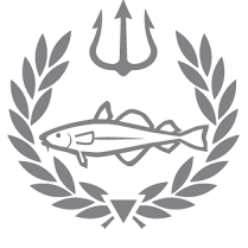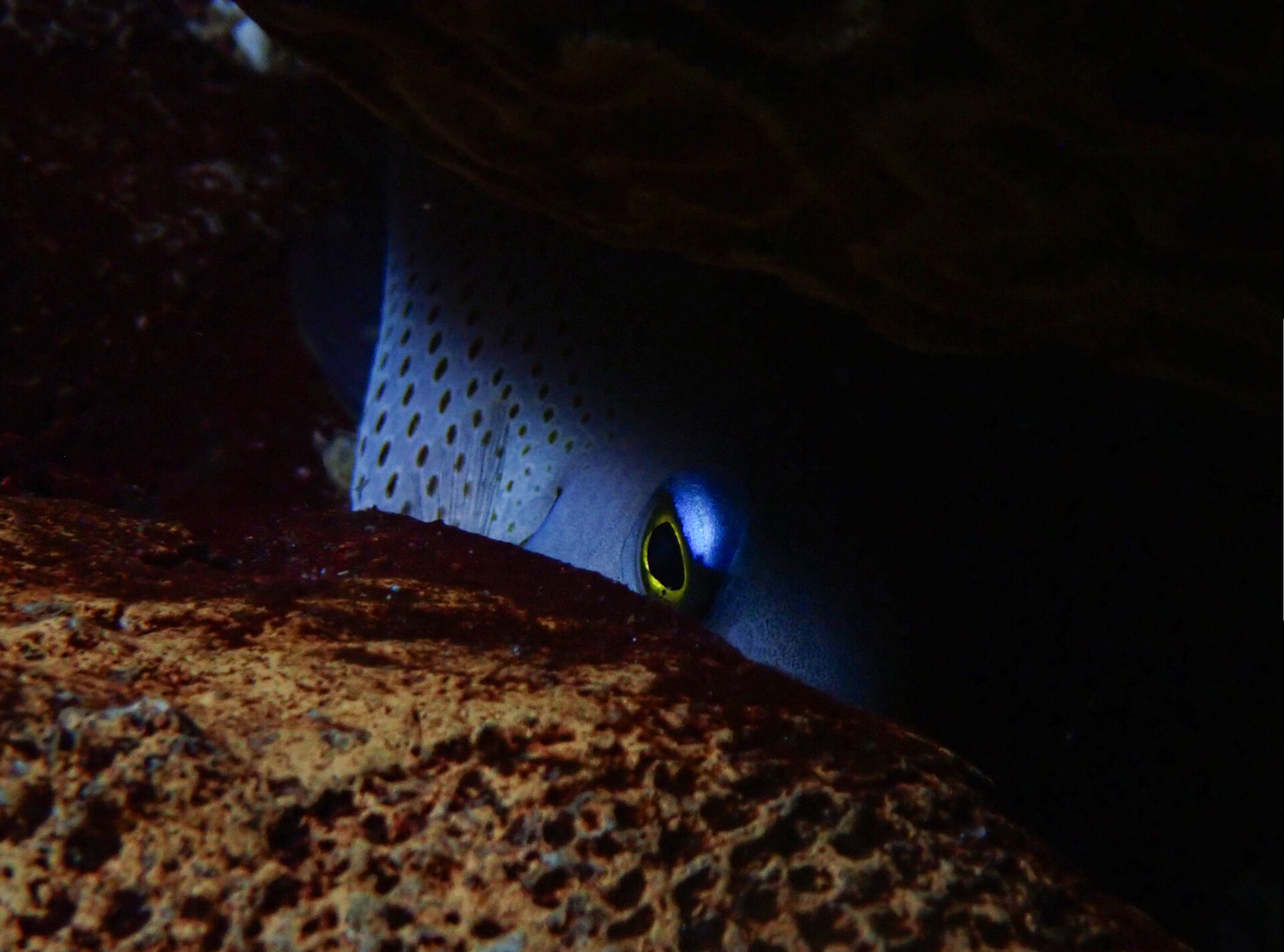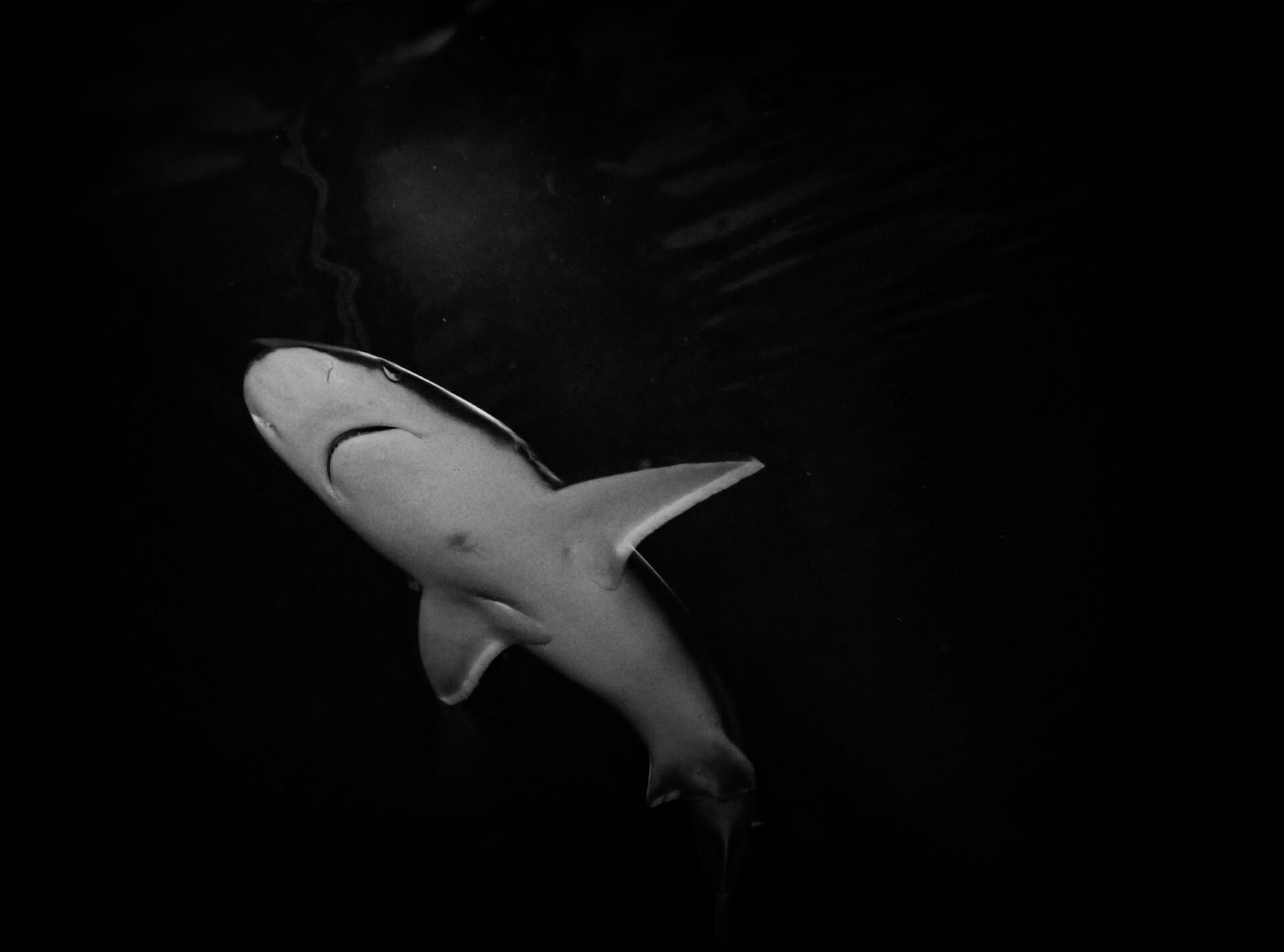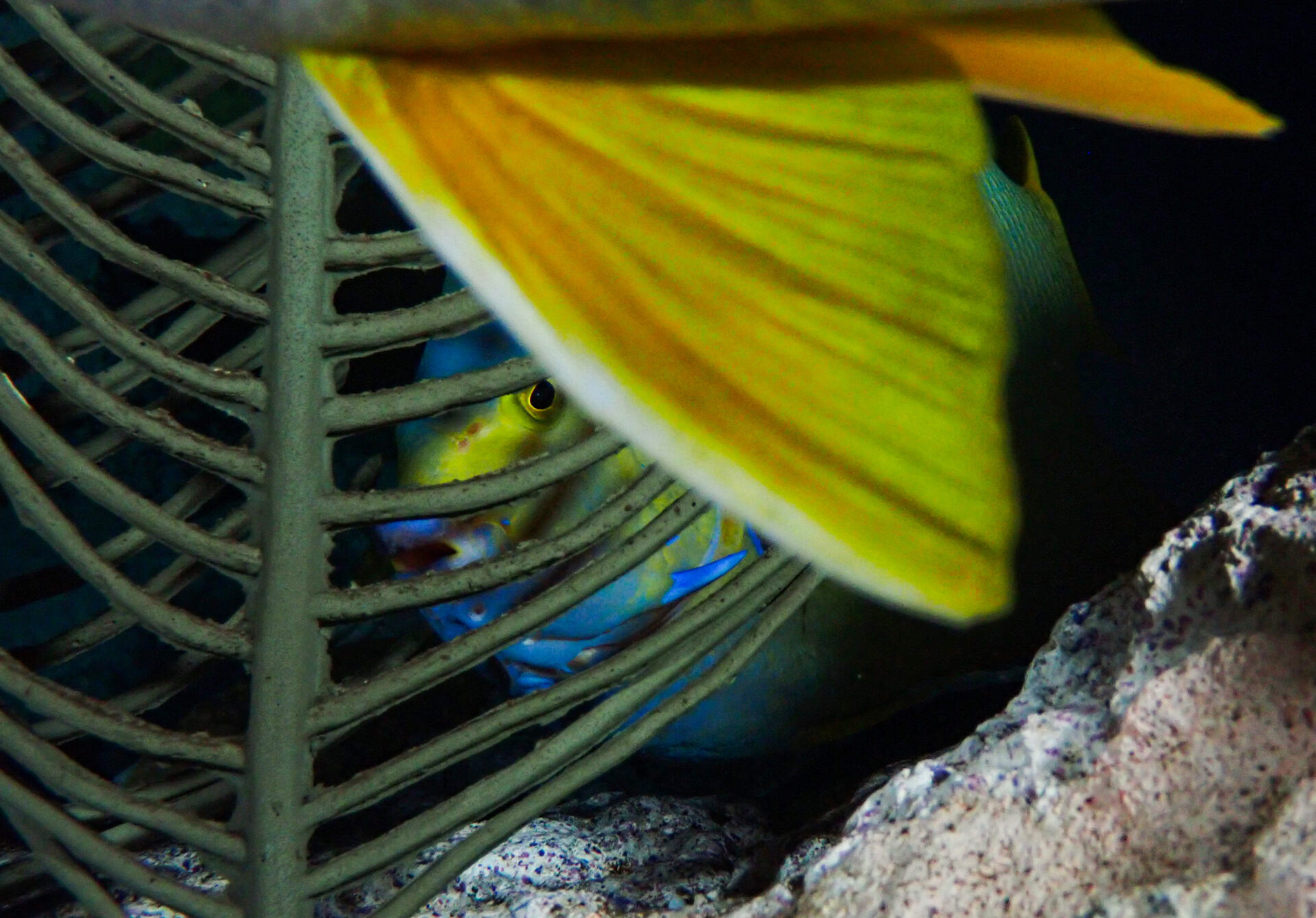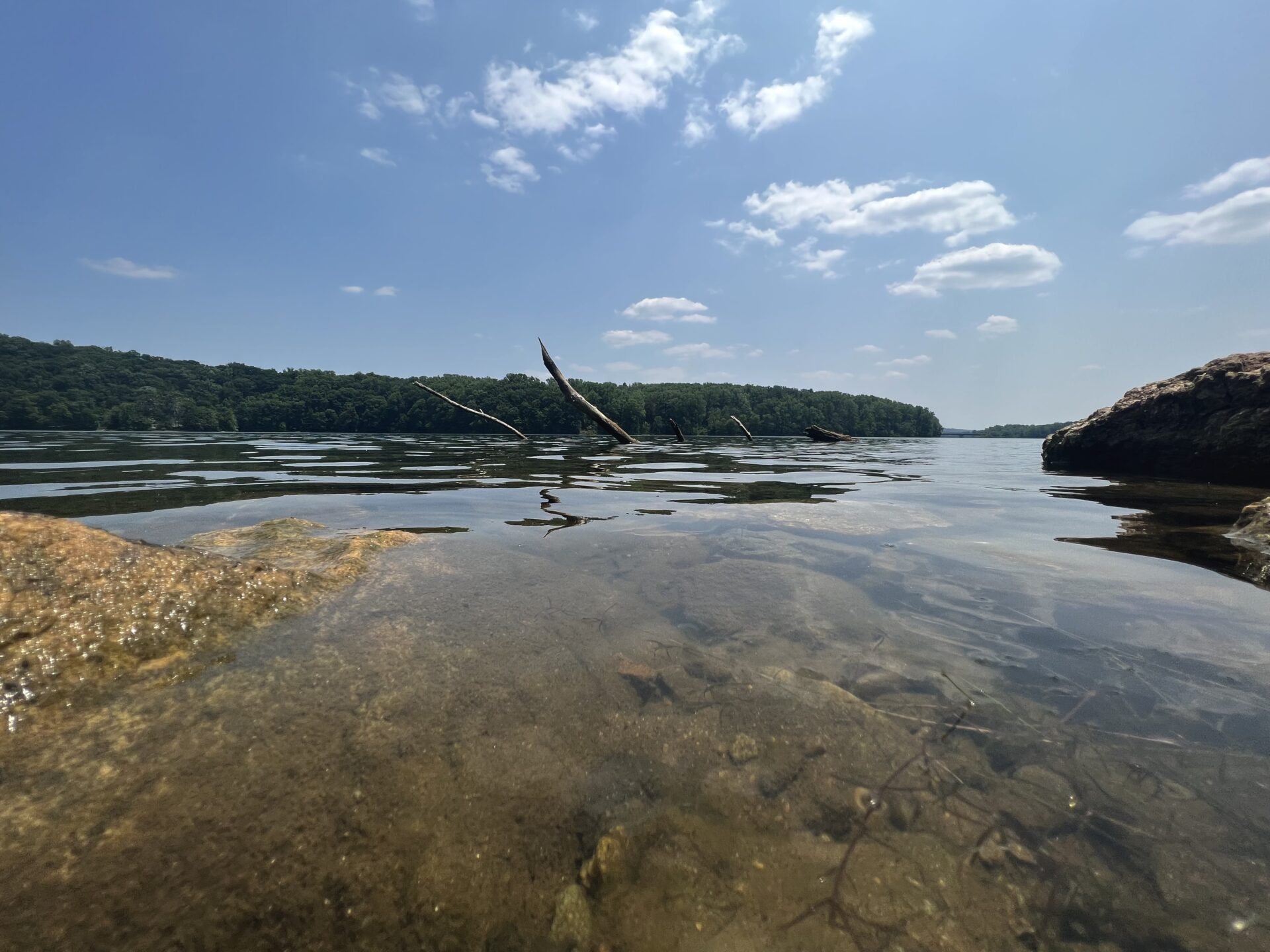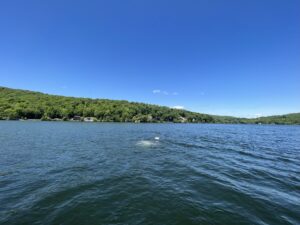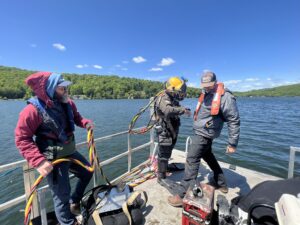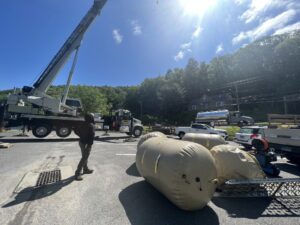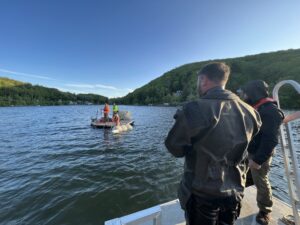Sadly its my final day at the National Aquarium, luckily however I got to squeeze in some fun things in the time I had remaining. I started the day meeting some of the aquarium’s husbandry experts, giving them a hand preparing food for the animals in the Blacktip Reef. Because there are so many different species in each exhibit, they all have their own array of feeding strategies. For example, the larger animals like the sharks in this exhibit are all target or hand fed, that way the aquarists can track which individual is eating, as well as how much. It was super interesting to see how the sharks were fed, especially since one of the zebra sharks has vision issues. They counter this by using a pole with metal prongs, which is able to guide the shark to where the aquarists can hand feed it!
Once the zebra sharks are fed, its time for the Blacktips. These sharks are fed using longer poles to hold the food, since they have a much different style of feeding. The five sharks in the exhibit all took turns feeding, and then the rest of the fish were fed using a mixture of chopped fish and more traditional food being dispersed on the surface! The aquarists make sure to give a great mix of fish, pellets, and other supplements to ensure the fish get all the vitamins they could need for a busy day of swimming around.
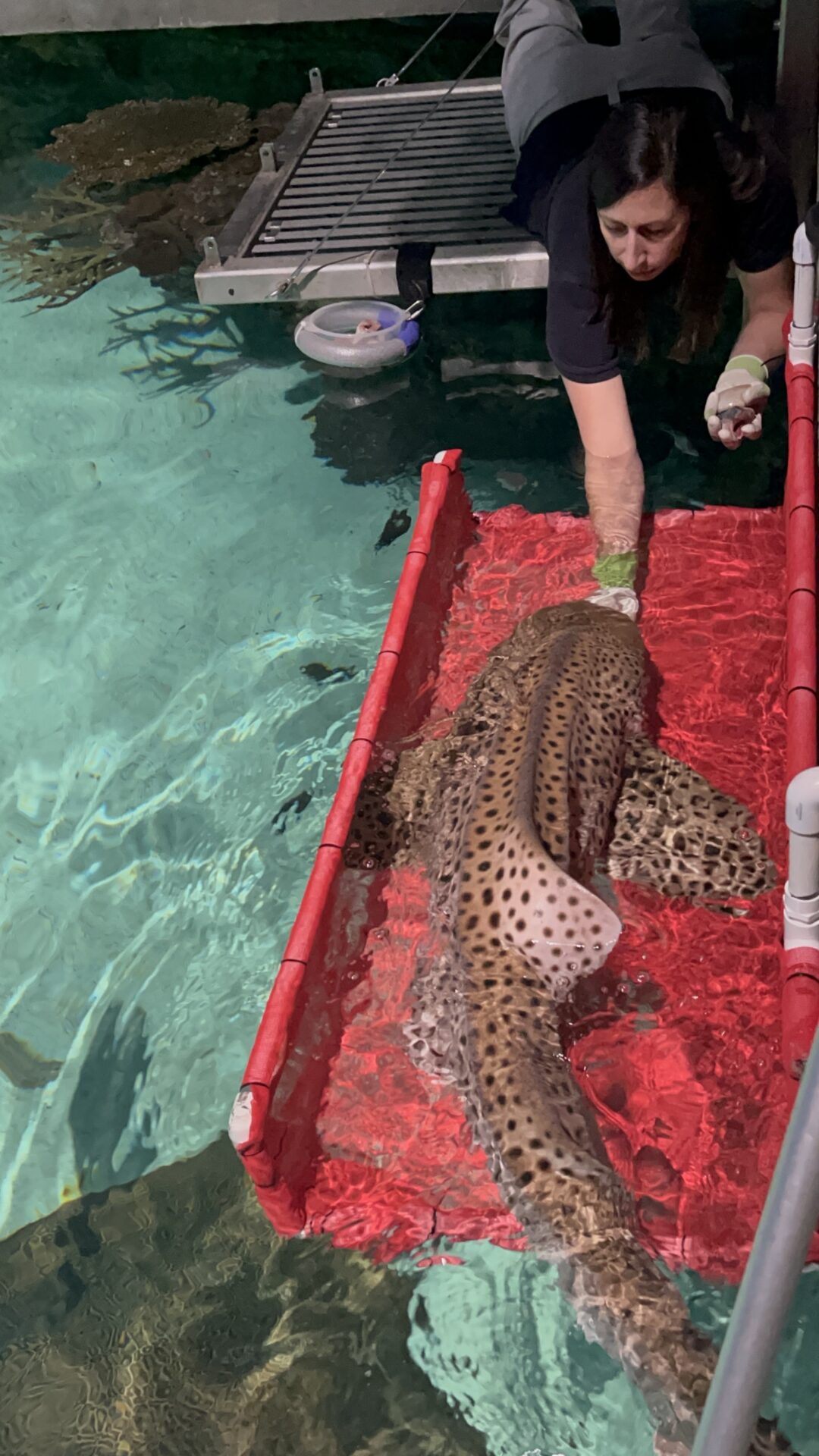
After feeding all of the animals in Blacktip Reef, we were off to retrieve a fish who was having an operation. One of the smaller fish in the aquarium had an injured jaw, and today he was getting it fixed! The aquarists gathered up the fish, as well as an ample supply of fresh water and then we brought it all over to the medical area. Here I got to watch as the veterinarian and techs anesthetized the fish, did their exams, and then operated super swiftly so they could wake him back up. The procedure did not take too long as all, and they were able to hopefully fix his jaw for good!
Holly and I had a nice lunch, and then it was time for my last event here at the aquarium. The National Aquarium has an exhibit named Shark Alley, which houses multiple species such as nurse sharks, sand sharks, sand tiger sharks, one ray, and today’s focus: the Largetooth Sawfish! For their job today, three of the aquariums staff divers would head into the exhibit (with partitions in place to separate the sharks from the divers), and make their way closer to the sawfish, with a goal of acclimating him to divers in the water. If the sawfish is more comfortable around divers and the noise their SCUBA gear creates, it can make it much easier to handle him in the event he needs to be moved or any other circumstance where a diver would be in the water. The divers works slowly and patiently, carefully not to approach too fast, and after a while they were able to get relatively close to the sawfish, and stay there for a moment. The dive was a success! While the animal is not yet super comfortable with people in the water, every experience like this can grow his comfort level.
My week at the National Aquarium with Holly and Billy has been absolutely amazing, and I cannot thank them enough, Holly and Billy were wonderful hosts, and I am so glad I could spend time getting to know them. Thank you to all of the staff and volunteers at the National Aquarium who made my week so interesting and fun!
